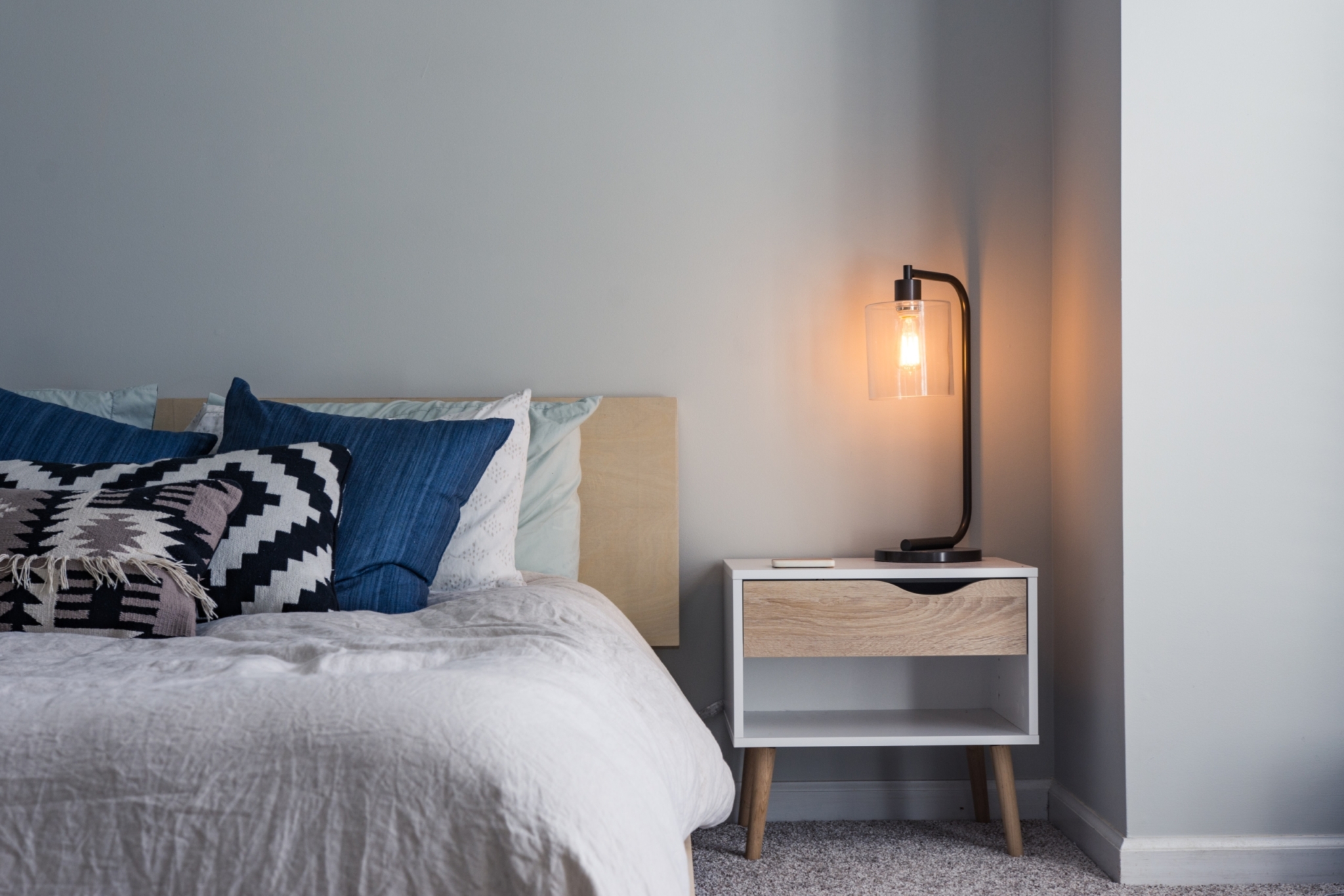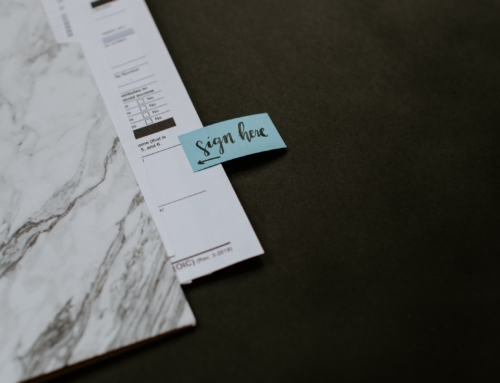Renting out a portion of your home can add income and help pay off your house. You can rent out your garage as a storage unit or part of your home to a small business or tenant. If you rent part of your main home, you must claim the rental income as part of your total income throughout the year. The difference between renting part vs the whole house is the amount of expenses you can deduct. You must split any expense (mortgage interest, insurance, utilities, repairs and depreciation, etc.) between the rented portion of your home and the unrented part.
If you’re reporting rental income and claiming deductible rental expenses, whether partial or whole, you will fill out a Schedule E and include it on your 1040 return. You should check with your insurance company whether you are covered renting part of your home. It is also good to check out the laws in your area regarding renting a section of your home.
Have your renter sign a lease, this will provide you with more security and a clear picture of each person’s responsibilities. You can find lease agreements online, and if you want to make it more specific you can edit it to your liking.
As noted before, the biggest difference with renting out a portion of your house is the fact you must divide certain expenses between the part of the property you rent out and the part you live in, as though you had two separate pieces of property.
You can fully deduct or depreciate any expenses related only to the room you rent out including:
- Painting the room
- Providing the tenant with furniture
- Fixing a window
- Installing carpet
Expenses that must be divided between the part you rent and the part you live in include:
- Mortgage interest
- Repairs for your entire home (roof, furnace, paint)
- Improvements for entire home (replacing roof)
- Homeowners’ insurance
- Utilities
- Housecleaning or gardening services
- Trash/ snow removal
- Security system costs
- Association fees
You can use any reasonable method for dividing these expenses. It may be reasonable to divide the cost of some items (for example, water) based on the number of people using them. However, the two most common methods for dividing an expense are either based on the number of rooms in your home or based on the square footage of your home.
- Example 1: Jane rents a room in her house to a college student. The room is 10 × 20 feet, or 200 square feet. Her entire house has 1,200 square feet of floor space. Thus, one-sixth, or 16.67% of her home is rented out. She can deduct as a rental expense one-sixth of any expense that must be divided between rental use and personal use.1
- Example 2: Instead of using the square footage of her house, Jane figures that her home has five rooms of about equal size, and she is renting out one of them. She determines that one-fifth, or 20%, of her home is being rented. She deducts 20% of her expenses that must be divided between rental and personal use.1
As the examples show, you can often get a larger deduction by using the room method instead of the square footage of your home. Be sure to keep good records of your deductible expenses when you rent out a room.
There are several ways you can choose to rent out a room in your main residence. Be sure to know the local laws on rentals, have a lease agreement for your tenant, and keep good records of expenses!
At Abacus CPAs, our focus is you! We believe that our employees and clients deserve to interact in an environment that fosters growth, trust, and confidence. Our team focuses on tax, accounting, audit, and business consulting to partner with you and your business. Abacus professionals provide leadership by relentlessly pursuing the best guidance possible so those we serve can make smarter decisions.
You can learn more about the topic in this blog by contacting us. We are here and happy to help! Call us today at 417-823-7171, find us on Facebook, LinkedIn, and Twitter, or visit our website www.abacuscpas.com to learn more.










